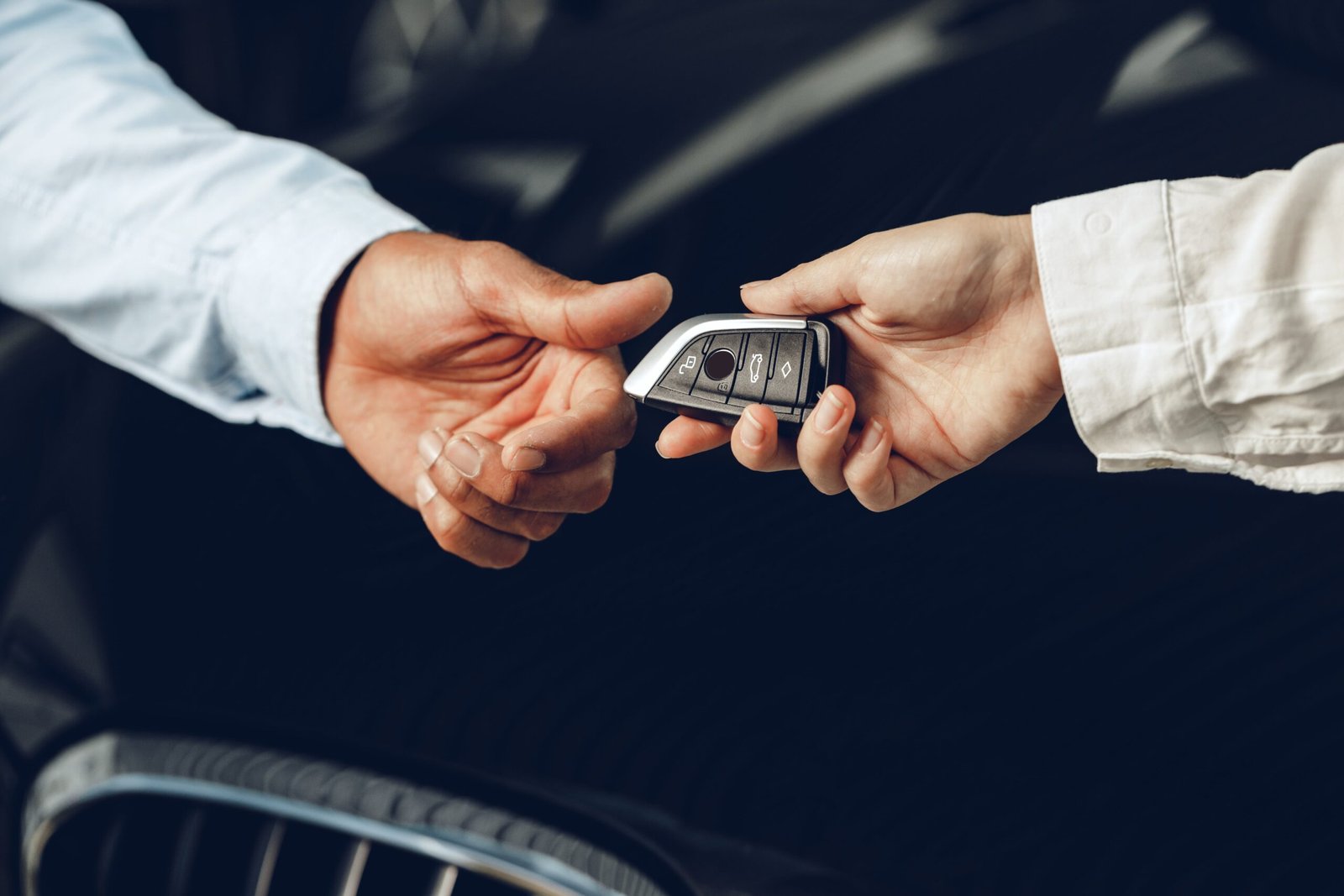Reprogramming Car Keys: A Comprehensive Guide
In today's hectic world, vehicles are an important part of everyday life, and the technology behind car keys has developed significantly for many years. Gone are the days of easy mechanical keys; modern-day cars typically come equipped with advanced key fobs that not just unlock doors but also begin the engine. Unfortunately, these electronic keys can sometimes stop working or need reprogramming. This article will check out the ins and outs of reprogramming car keys, supplying important details for car owners.
Comprehending Car Key Types
Before diving into the reprogramming process, it's important to understand the various types of car keys. The most common types consist of:
- Traditional Mechanical Keys: The simplest form of a car key, which operates the lock and ignition using a mechanical system.
- Transponder Keys: These keys include a little chip that interacts with the car's ignition system, making it harder for burglars to steal the vehicle.
- Key Fobs: These remote-controlled devices enable keyless entry and might likewise permit keyless ignition.
- Smart Keys: Linked to innovative keyless entry systems, clever keys offer the supreme benefit, permitting the driver to begin the vehicle with the touch of a button.
Comprehending these key types is important as the programming actions can vary substantially.
Why Reprogramming is Necessary
Reprogramming a car key might be required for numerous factors, consisting of:
- Lost or Stolen Keys: If a key is lost or suspected to be stolen, reprogramming is necessary to guarantee the car stays protected.
- Replacing an Old Key: When a vehicle owner gets a brand-new key, the old key might need to be programmed to prevent it from working.
- Battery Replacement: Changing the battery in a key fob might sometimes need reprogramming to bring back functionality.
- Malfunctioning Key: If a key is malfunctioning, reprogramming might deal with the issue.
Steps for Reprogramming Car Keys
The procedure of reprogramming a car key can vary considerably depending upon the make and design of the vehicle. Below is a generalized step-by-step guide, however it is always suggested to refer to the vehicle's user handbook for in-depth instructions.
Gather Necessary Equipment:
- The new key or key fob
- The vehicle (preferably near the front door)
- The existing working key (if offered)
Get Inside the Vehicle:
- Close all doors and ensure the vehicle is fully secured.
Place the Key:
- For lorries with conventional keys, place the key into the ignition.
- For lorries using key fobs, guarantee the fob is inside the car.
Turn the Ignition On and Off:
- Turn the key to the "on" position (not beginning the engine) and after that off. Repeat this procedure several times (generally 5 times) to go into programming mode.
Observe the Indicators:
- Pay attention to the dashboard lights. If a light blinks or stays on, it generally shows that the car is in programming mode.
Program the New Key:
- Insert the brand-new key and turn it to the "on" position. Wait on any verification signals, which may consist of the locking and opening of doors or flashing of lights.
Check the Key:
- After programming, test the brand-new key to ensure it runs correctly.
Repeat if Necessary:
- For lorries that support multiple keys, you might require to repeat the programming procedure for each brand-new key.
Table of Common Vehicle Makes and Programming Procedures
| Vehicle Make | Key Type | Programming Process |
|---|---|---|
| Ford | Transponder Key | Insert existing key, turn to 'on', insert new key. |
| Honda | Key Fob | Place key, turn to 'on', click lock button on fob. |
| Chevy | Smart Key | Place key, press brake, and push begin button. |
| Toyota | Key Fob/Transponder | Insert key, turn to 'on', hold 'lock' button on fob. |
| Nissan | Key Fob | Place existing key, turn on, press 'lock' button. |
Common Issues During Reprogramming
While the process is usually simple, there are common problems that can occur during reprogramming:
- Incorrect Sequence: Failing to follow the ignition series correctly can lead to failure to go into programming mode.
- Malfunctioning Key: If the new key is malfunctioning or damaged, it may not program effectively.
- Vehicle Settings: Some vehicles need particular settings or conditions (like remaining in Park) for effective programming.
- Missing Tools: Sometimes, additional tools or codes might be required, specifically for high-security systems.
FAQs
1. Can I reprogram my car key myself?
Yes, many cars enable owners to reprogram keys themselves, but the procedure can vary considerably depending on the make and model. Constantly describe the vehicle's user manual for guidelines.
2. What should I do if the reprogramming stops working?
If the programming does not work, verify the sequence and the key's condition. If problems persist, seek advice from an expert locksmith or your dealership.
3. How much does it cost to reprogram a car key?
The cost can vary from ₤ 50 to ₤ 200 or more, depending on the make and model of the vehicle, and whether expert help is needed.
4. Does reprogramming remove previous keys?
In many cases, yes. If adelaminerva.top reprogramming a brand-new type in a security system that restricts key access, the older keys may be rendered worthless.
Reprogramming a car key is a valuable ability for any vehicle owner. Comprehending the kinds of keys, the requirement for reprogramming, and the general steps included can save money and time, ensuring that your vehicle stays accessible and safe. While DIY services exist, when in doubt, professional support can help relieve the tension and intricacy of reprogramming car keys. Constantly guarantee you have the right tools and comprehend your vehicle's particular requirements to make sure successful programming.

